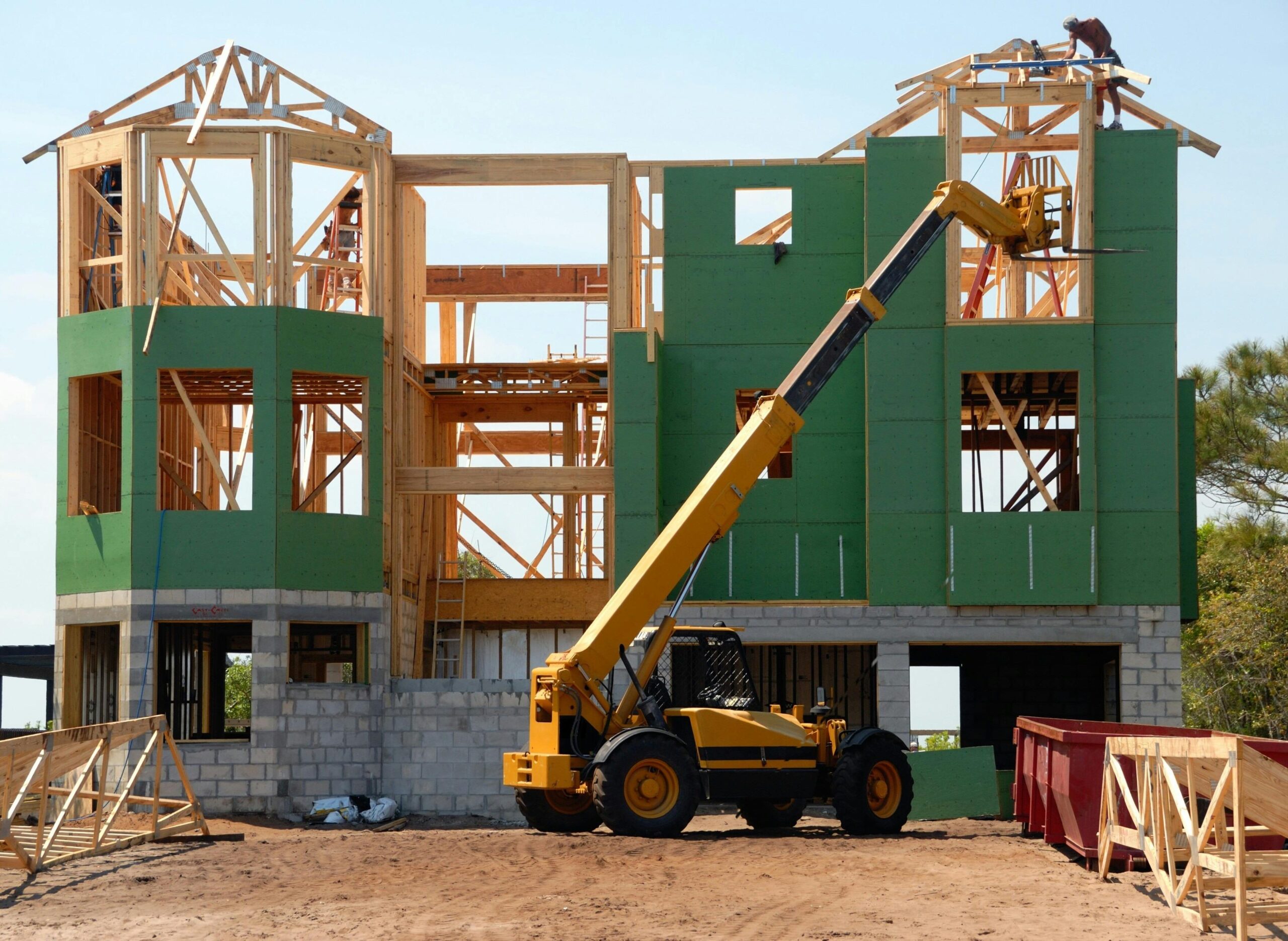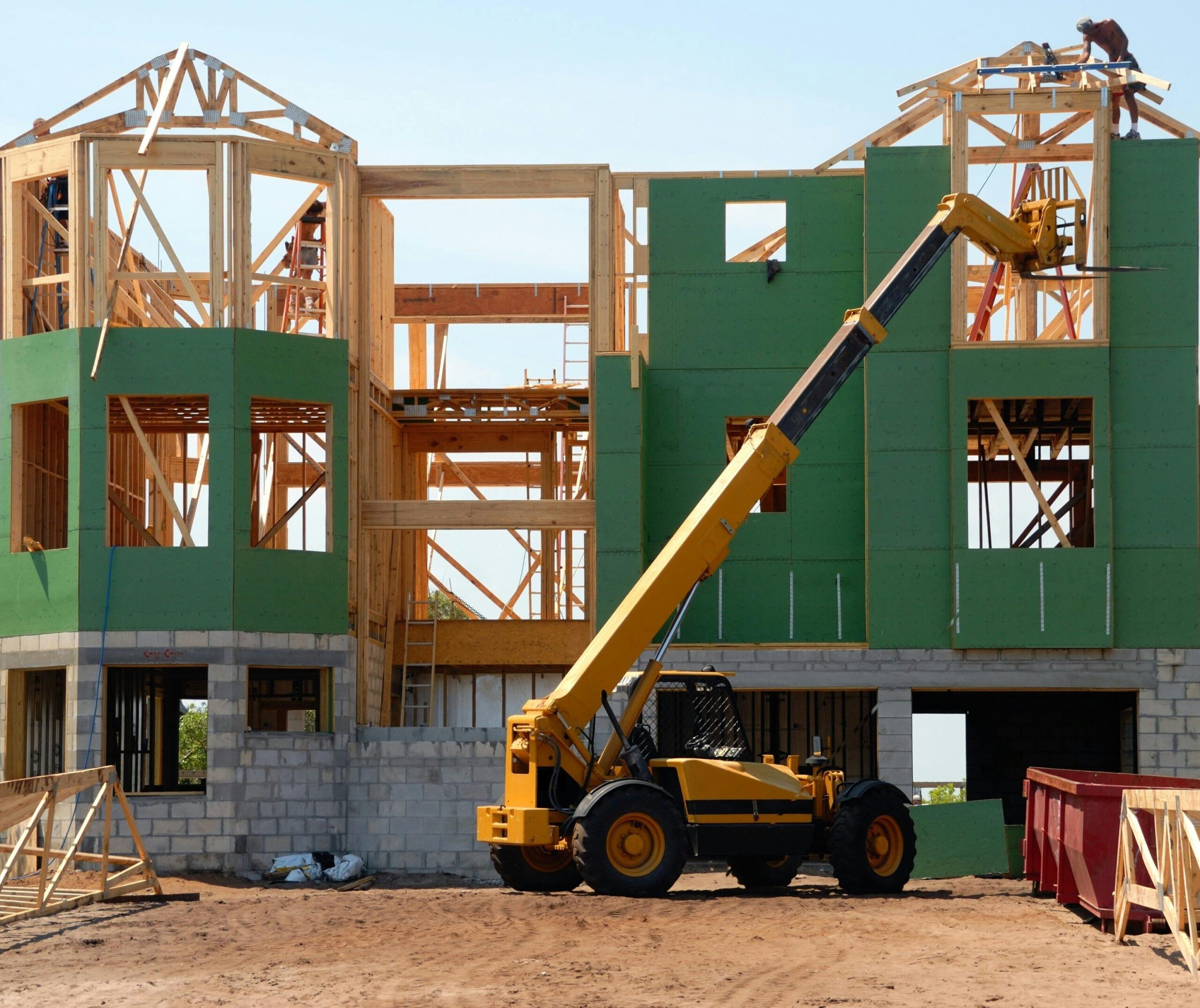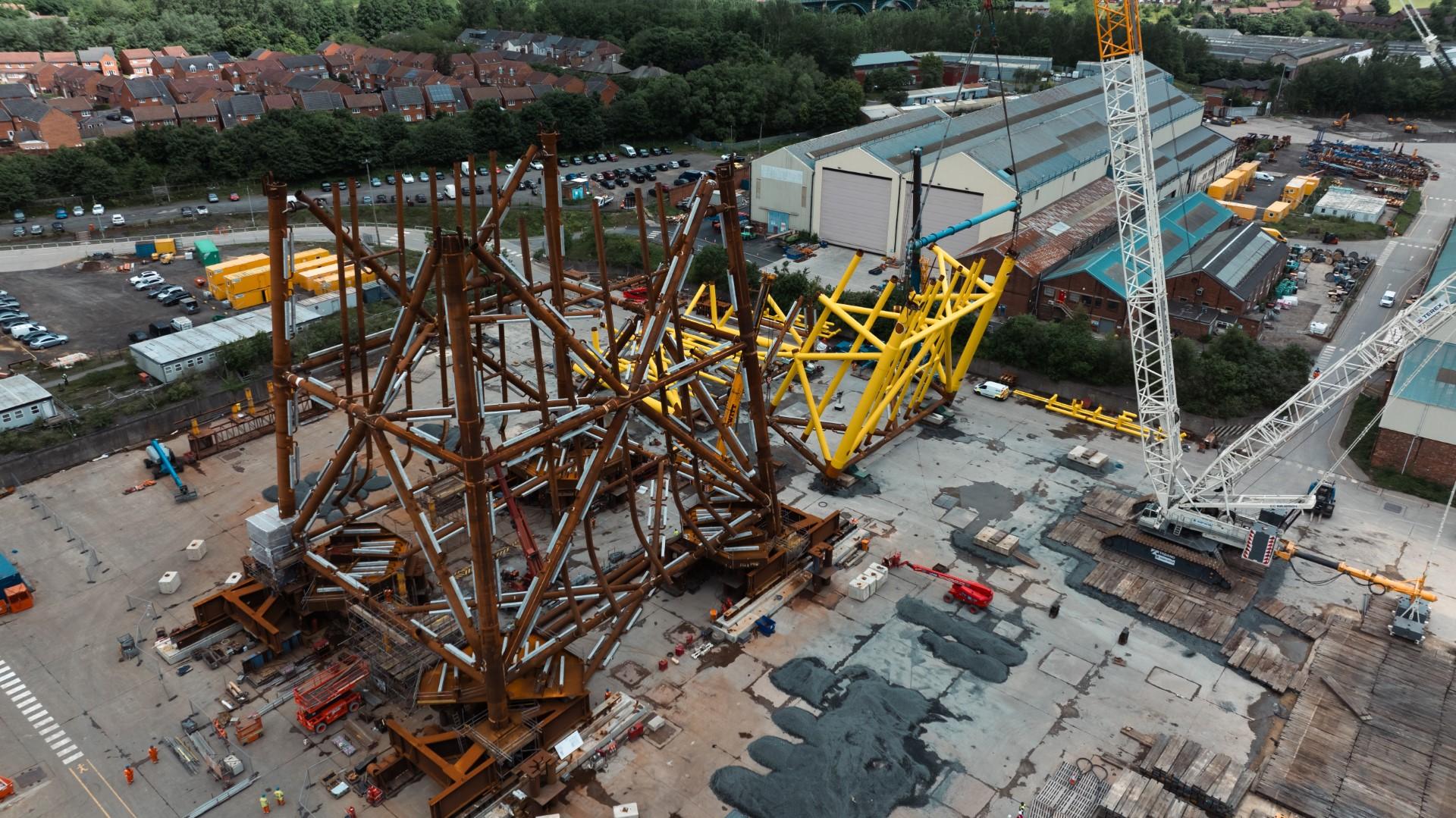The Construction Sector Is One Of The Largest Users Of Temporary Ground Protection. Due To, In Part, The Broad Range Of Applications For Protective Timber Construction Mats.

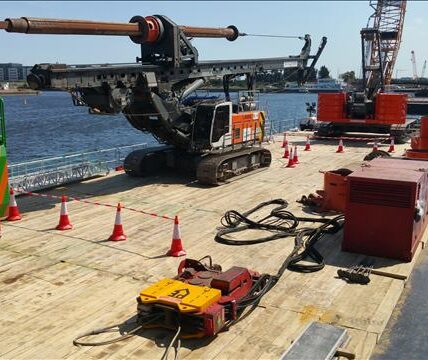
Hire Or Buy Temporary Ground Protection For Construction Sites
On any given construction site, temporary ground protection may be used to:
- Create a staging area for construction materials
- Build a stable platform for machinery and vehicles, including cranes
- Build a solid platform for piling rigs and excavators
- Protect exposed land against demolition work
- Protect delicate land surfaces such as soil and grass.
Alongside these, temporary ground protection can also be used on construction sites to reduce the forces exerted on buried utilities and other hidden voids, bridge gaps, and create a stable working platform over wetland or boggy areas.
At Timbermat, we have helped construction companies with their ground protection requirements since 1992. Our experienced team has all the knowledge required to help you make the best decision for your project, no matter how complex. And with next-day delivery available, you can be confident your project won’t be put on hold while you’re waiting for vital supplies.
If you require temporary ground protection for you next construction project, get in touch with our team to discuss how we could help you. Simply call us on 08000 12 1231 or fill in the form to the right to get in touch.
27 years’ of experience
Bog mats to suit your every requirement
Competitive hire & sales rates
Fast response and delivery throughout the UK & Europe
Hiab off-loading & Crossrail compliant vehicles
Stock available from our London, Manchester & Edinburgh depots
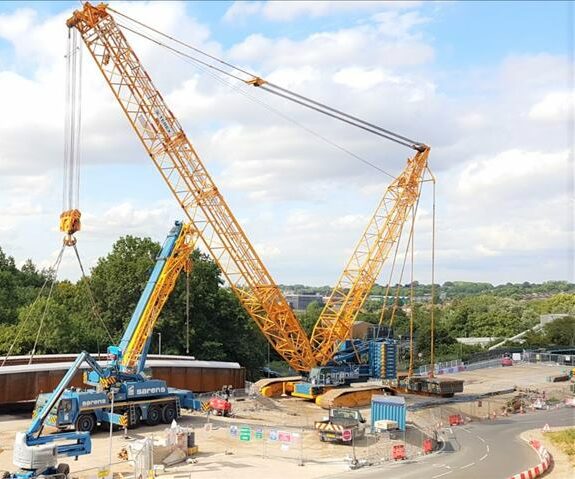
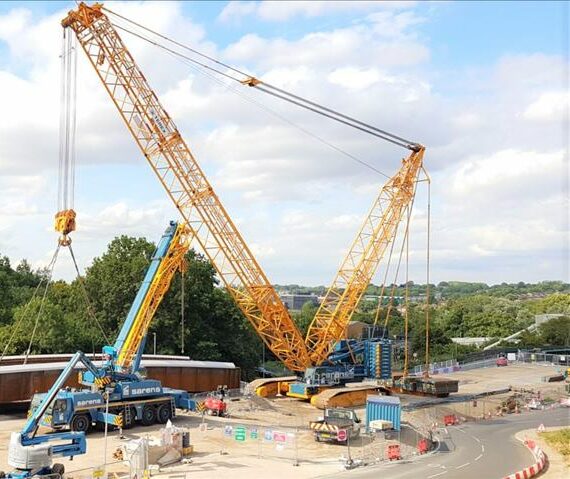
Hire Construction Mats For Temporary Ground Protection
If you don’t have an ongoing need for construction mats but do face a short-term need for temporary ground protection, we have timber mats in a range of sizes, thicknesses and types of timber available to hire.
When you hire construction mats from Timbermat, you have access to different species and sizes, allowing you to specify the ideal mats for the type of temporary floor protection you need.
In light of the ongoing need for heavy duty ground protection mats faced by many construction companies with busy order books, you might prefer to buy hardwood timber mats for construction sites that will cover all of the different uses you need from them.
Again, we can supply a selection of sizes, thicknesses and sustainably sourced timbers including tropical hardwood Ekki mats, which have seen considerable demand in recent years due to their extremely high strength and durability.
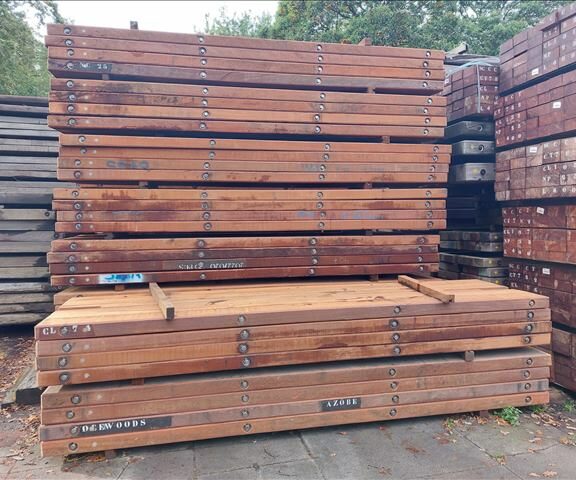
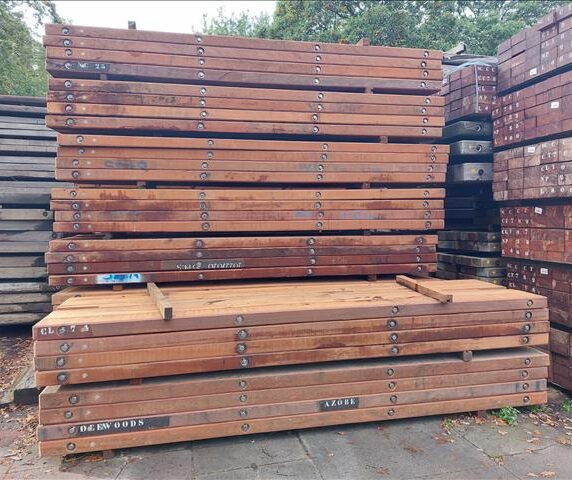
Why Tropical Hardwood Construction Mats?
Tropical hardwood species like Ekki offer good strength characteristics including high resistance to bending, impacts and abrasion, thanks to the dense grain of the natural wood.
We work with responsible timber merchants in Africa to obtain supplies of Ekki bog mats that are fully certified for import into Europe and can provide you with the paperwork to prove it.
Our standard timber mats come in sizes of 1m x 3m or 1m x 5m, and in thicknesses from 70 mm up to 300 mm, so there are options for any scale of job site and for the most heavy-duty applications – you will see we also have pages dedicated to crane access mats and piling rig mats.
Ekki bog mats are some of the strongest you will find on the market as demonstrated when Hastings Pier won the RIBA Sterling prize.
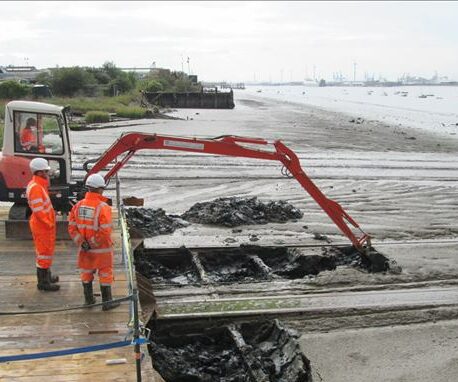
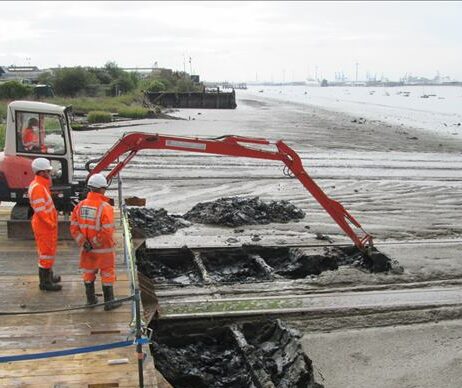
Contact Us To Find Out More
We appreciate that the construction sector is vast and that every building site poses unique challenges – so whether you need ground protection mats on-site, a temporary roadway for better access, or even need to find a way to get large equipment to the site in the first place, we are happy to help.
Just give us a call on 08000 12 12 31 to speak to our team of timber experts, who will help you to decide which type of timber mat is right for the task at hand, or you can fill in our online contact form for a quick response that addresses all of your needs and queries.
It’s a highway. We run 100 ton excavators with aggressive growsers
Ned Scrivner – Conestoga-Rovers
